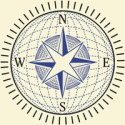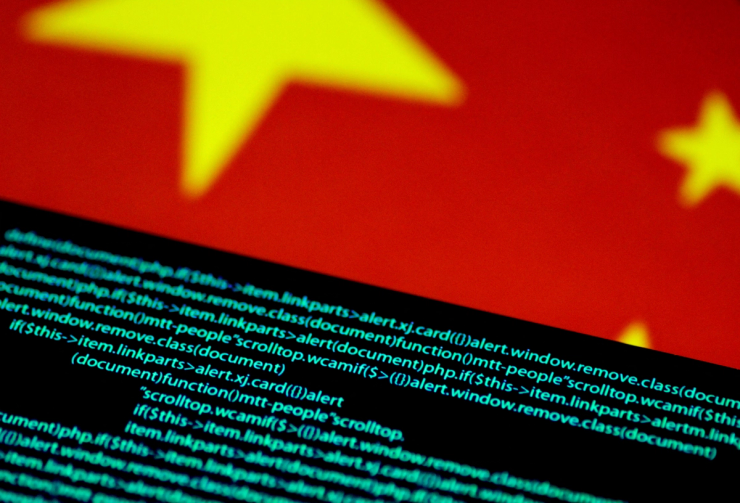The Writer
Tooba Awan is Director for Economy at the Special Competitive Studies Project, a private foundation that makes recommendations to strengthen America’s long-term competitiveness. She previously worked at the Bureau of Industry and Security at the U.S. Department of Commerce.
Guest Column
As generative artificial intelligence experiences a period of massive acceleration, U.S. investors are capitalizing on this Cambrian explosion, funding not only domestic companies leading the AI race but also competing Chinese companies.
Indeed, evidence supports this cause for concern. From 2015 to 2023, 243 U.S. investors funded 474 Chinese AI companies with $40.29 billion through 760 investment deals. Similarly, between 2017 and 2020, U.S. firms were involved in 58 investment deals in China’s semiconductor industry, a trend that persisted in 2021 and 2022.
Far from being innocuous, these investments not only expose the magnitude but also underscore the crux of the issue: U.S. outbound investments come with a significant transfer of knowledge. American investors bring deep expertise and robust networks, which can prove a significant advantage for Chinese startups to reach scale, and undercut U.S. competitors.
In the coming weeks, the United States is slated to introduce an outbound investment screening regime, designed to restrict outflows of critical U.S. inputs that have fueled the technological and military advancement of strategic rivals.
The objective is not a sweeping “blockade,” but rather focuses on a narrow slice of technologies for a small group of countries of concern. This move follows the recent G7 Hiroshima Summit alignment, where the member nations acknowledged the significance of managing outbound investments to complement existing tools of export controls and inbound investments.
The new regime is expected to focus on two interrelated areas: U.S. capital and accompanying expertise. Both have been instrumental in enhancing China’s strategic technologies, military, and mass surveillance capabilities, often at the expense of U.S. advantage and interests.
The objective is to prevent countries like China from exploiting U.S. inputs in critical sectors where America must maintain its competitive edge, such as artificial intelligence, quantum computing, and the most advanced semiconductors.
Navigating the shifting sands of the techno-economic competition, a clear principle resonates: If export controls restrict countries like China’s access to certain “specific sectors and sub-sectors,” it is imperative to similarly curb capital flows and expertise aiding their progress in those same sectors.
This policy forms the backbone of U.S. technology guardrails to ensure it doesn’t inadvertently fuel its competitors. The envisioned mechanism supplements, not duplicates, existing guardrails such as export controls and inbound investment screening.
While China is the primary driver and likely initial target of the regime, its scope could be extended to other countries of concern, aligning with the other guardrails. The limits will concentrate on a narrow set of “core national security nexus” technologies, including artificial intelligence, quantum computing, and advanced semiconductors. However, the strategy won’t be monolithic; different technologies will merit varying restrictions. For example, quantum computing and advanced semiconductor transactions may face outright prohibition, while AI transactions could be curtailed based on potential end-uses.
Beyond these reported sectors, the regime must expand its purview, to include other critical areas, such as biotechnology, where export controls could fall short. Considering the dual-use nature of emerging technologies and China’s military-civil fusion strategy, the development of approaches that synergize existing tools with the creation of new authorities is necessary.
Navigating the intricate balance between national security and economic objectives, the Biden administration is threading the needle with a considered approach. In certain critical areas, national security and long-term economic security concerns must be prioritized, but outbound investments must also continue to bolster U.S. economic and foreign power. This necessitates a regime that screens “smart money” investments while maintaining most capital flows.
The forthcoming executive order, while commendable as a first step of a strategic response, must be a stepping stone to a more comprehensive and enduring solution. To solidify and expand this mechanism, executive action must be paired with decisive legislative action from Congress. The Treasury Department is expected to lead, with support from other key departments, including Commerce, State, Defense, and Justice. The implementation will start with a pilot program under the executive order, followed by a planned final implementation after a year.
As China marches toward one-way decoupling, maximizing foreign capital and expertise while restricting market access, the U.S. risks being the architect of its own undoing. Echoing the policy shift signaled in 2021 by White House National Security Advisor Jake Sullivan, guardrails must evolve to incorporate outbound investment screening. Unregulated capital and expertise outflows will continue to be leveraged by strategic rivals to challenge U.S. leadership unless timely and decisive action is taken.


